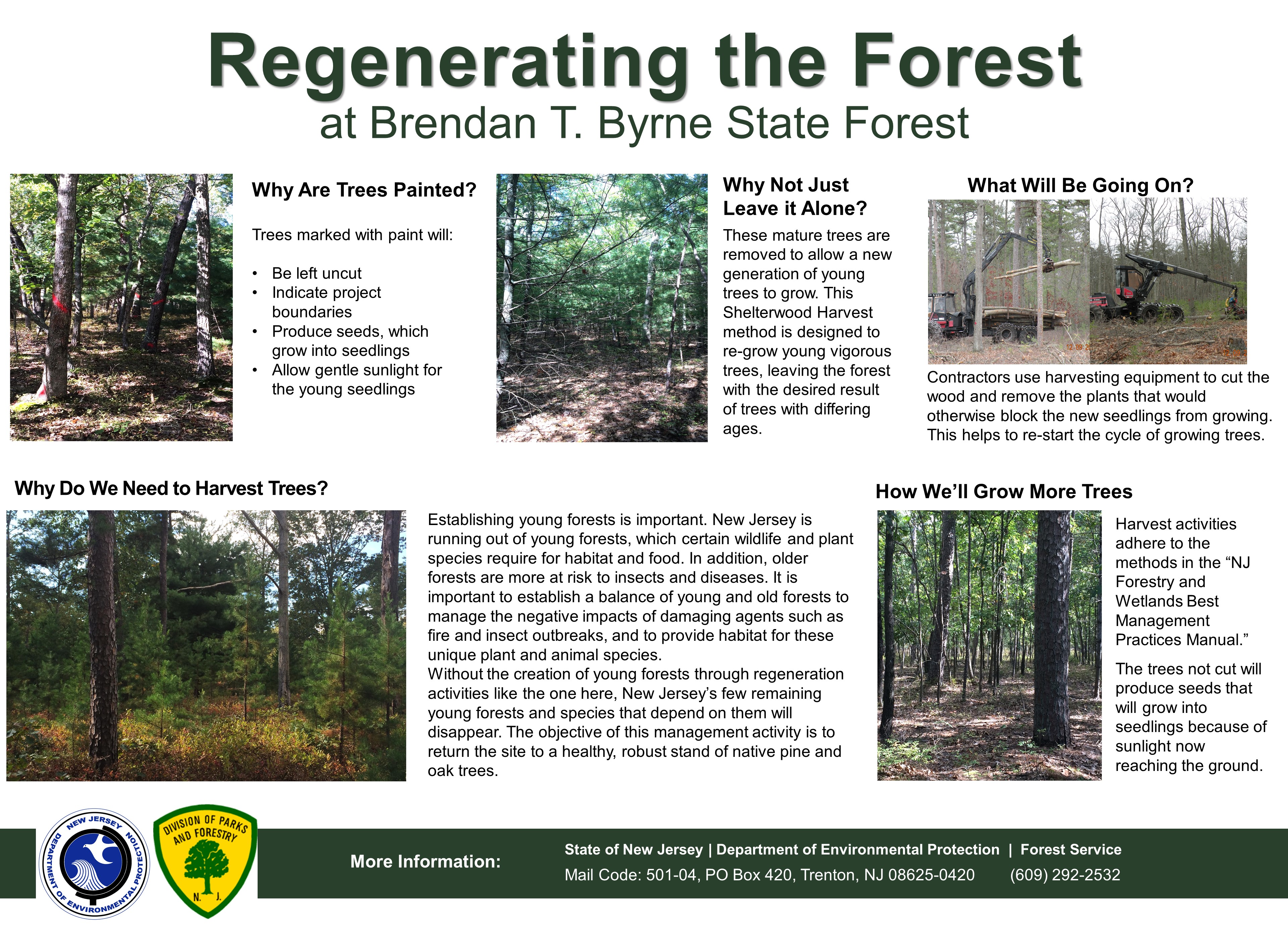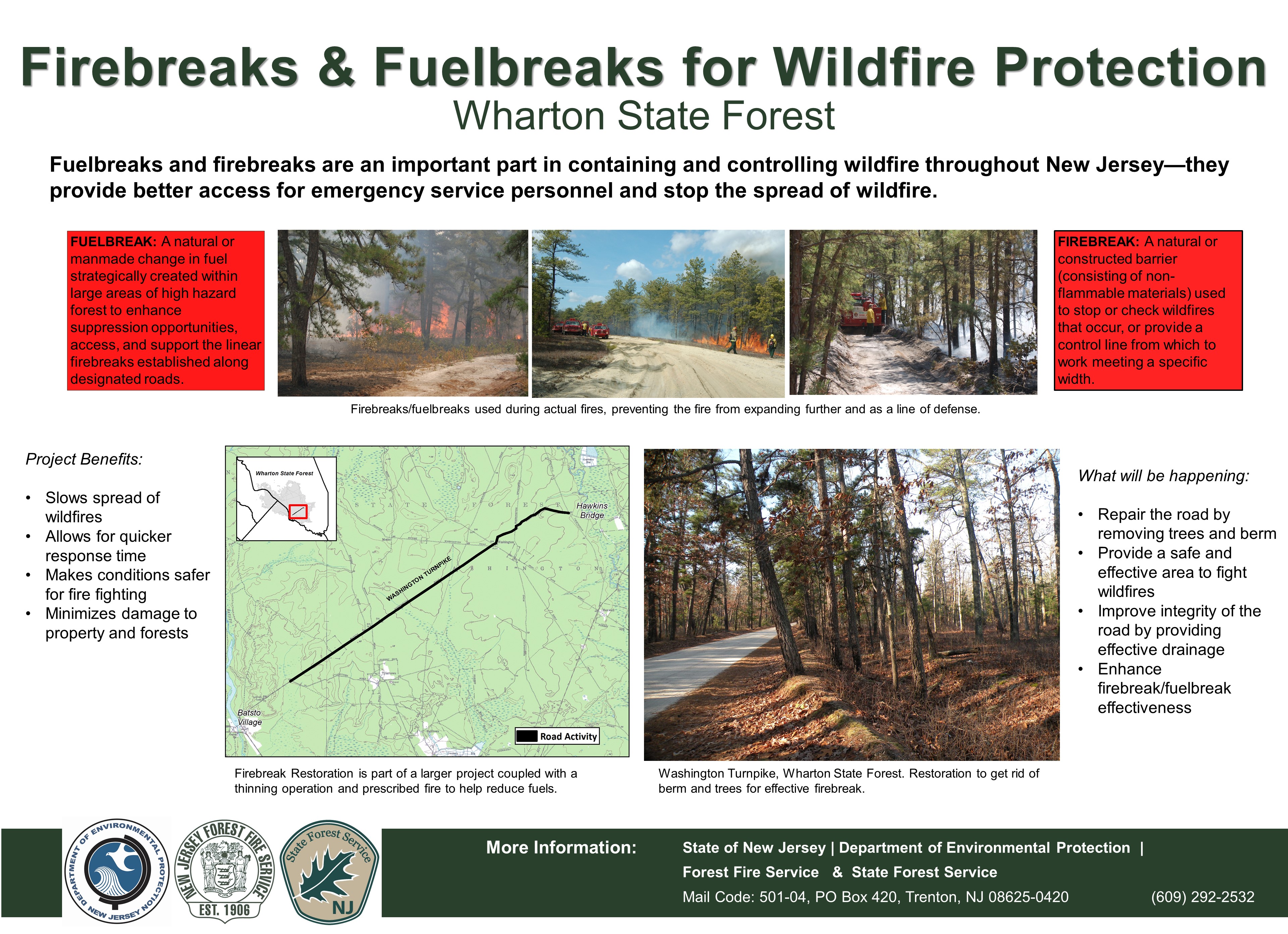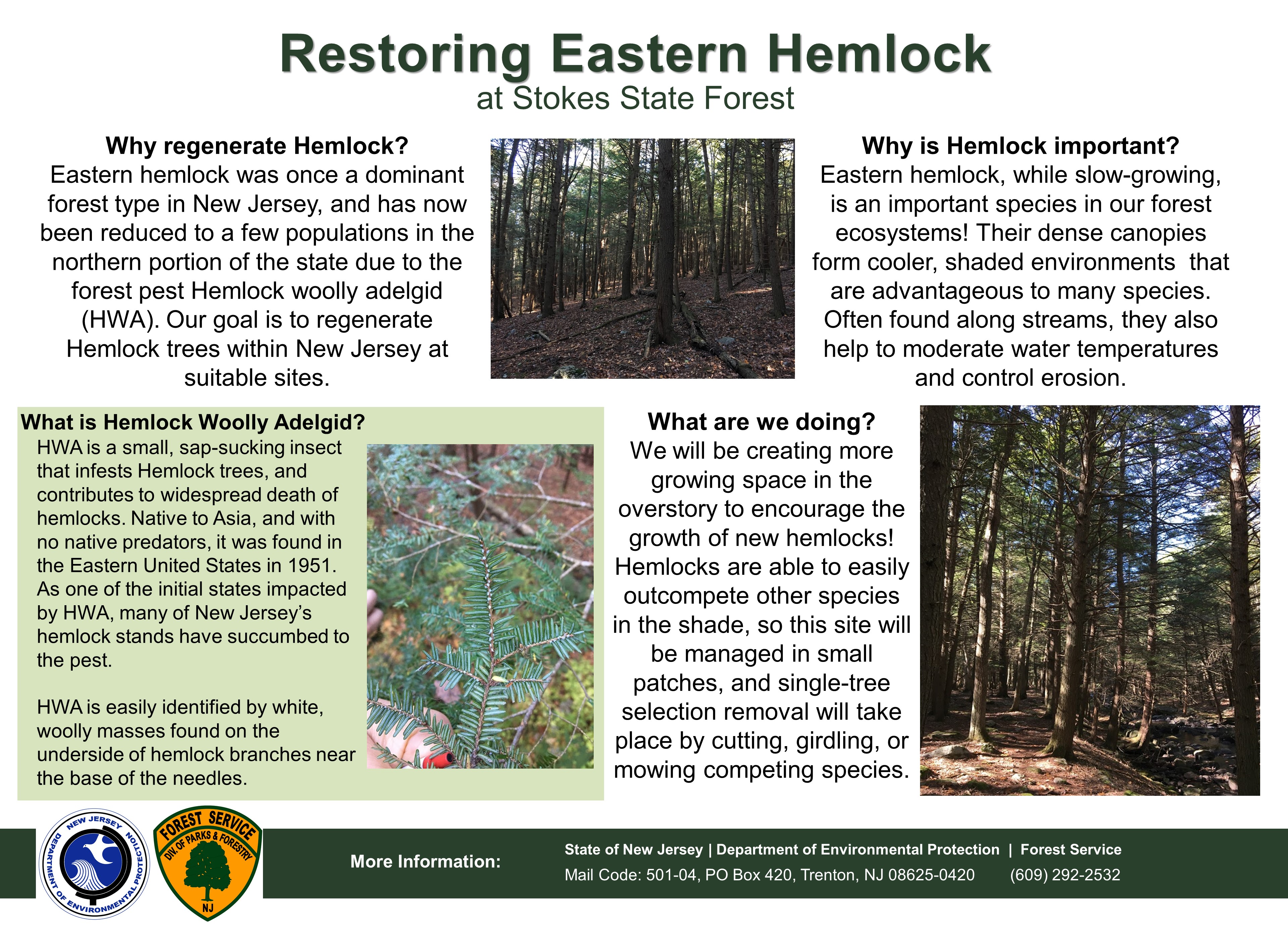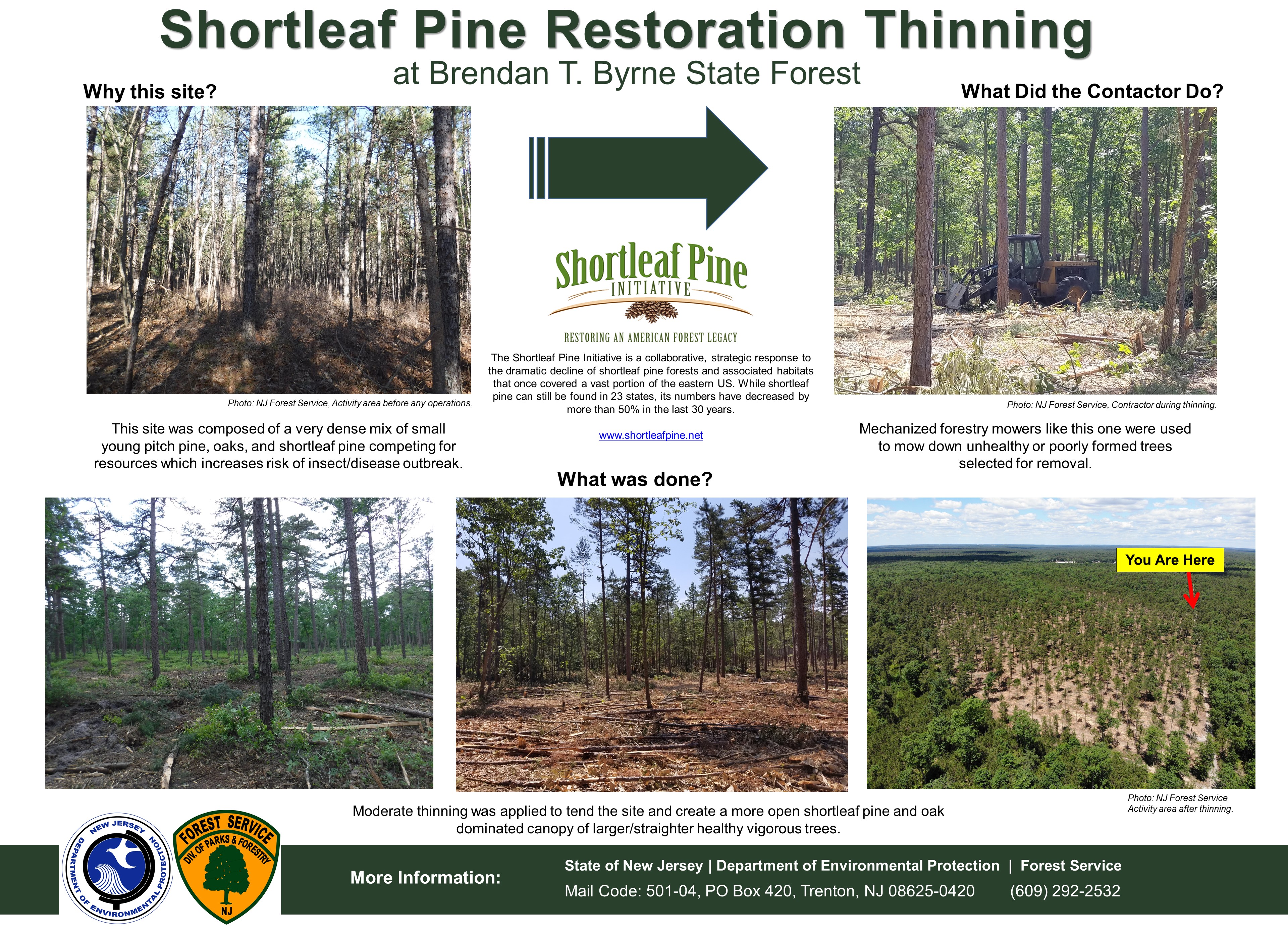Straddling Lacey and Berkeley Townships, Double Trouble State Park is an 8,677 acre forested area which comprises a wide array of forest types and ecological communities, such as upland pine stands to the steadily declining Atlantic white-cedar swamps, with a rich historic presence found in Double Trouble Village. Using a multi-disciplinary plan development process, the Double Trouble State Park Natural Resource Stewardship Plan was developed by a committee of representatives from several agencies within the New Jersey Department of Environmental Protection Natural and Historic Resources Group (NJ State Forestry Services: Bureau of Forestry, Forest Fire Service, NJ Office of Natural Lands Management; NJ State Parks Service; NJ Division of Fish and Wildlife) with external stakeholders’ input.
Each recommended activity conveys the goals and objectives set forth by the NHR working group and guided by the
internationally recognized Montreal Process for the conservation and sustainable management of temperate and boreal
forests. Such goals include, but are not limited to, conserving ecologically important habitat, maintaining productive capacity of the landscape, and providing social and economic benefits through harvesting and fire management. The established objectives are achieved through the use of Best Management Practices for forestry, fire, and habitat management, with the overall result of a healthier forested ecosystem. Best management practices for forestry are trusted as guidelines for techniques that are most effective operationally yet minimize negative environmental impacts.
Read the Double Trouble State Park Natural Resource Stewardship Plan.
 Official Site of The State of New Jersey
Official Site of The State of New Jersey





